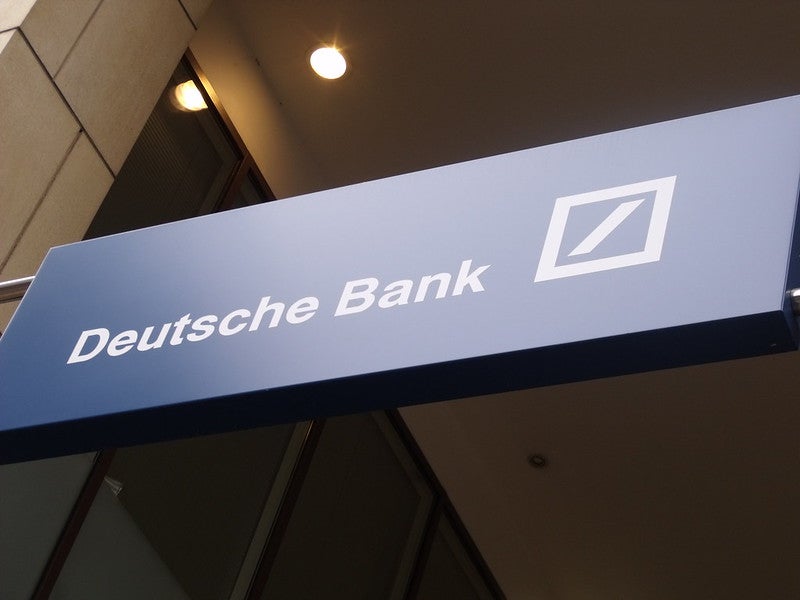The most popular open banking features are associated with aggregation and convenience in managing money movement.
And according to research from CREALOGIX, more than two thirds of consumers would be interested in mobile and digital banking features associated with open banking.
On the other hand, close to half of respondents say they cannot get these features from their current banking provider.
Moreover, consumer access to these features is likely to determine whether they stay loyal to existing banks. The alternative is that such consumers switch to mobile only challengers banks.
This is especially pressing given the September 2019 PSD2 go-live deadline.
Open banking convenience translates to loyalty
Almost half of consumers said they would try out a new banking provider if offered open banking features not provided by their current bank.
How well do you really know your competitors?
Access the most comprehensive Company Profiles on the market, powered by GlobalData. Save hours of research. Gain competitive edge.

Thank you!
Your download email will arrive shortly
Not ready to buy yet? Download a free sample
We are confident about the unique quality of our Company Profiles. However, we want you to make the most beneficial decision for your business, so we offer a free sample that you can download by submitting the below form
By GlobalDataThe most popular features that would sway consumer loyalty include:
- receiving offers of money-saving deals on utility bills or insurance (14%),
- moving money around including between external accounts (13%) and
- viewing balances of multiple external accounts (13%).
Younger generations of consumers are the most motivated by convenient new features offered by open banking advances. Two thirds of Gen-Zs and millennials would sign up with other banking providers to access features they desire.
Open banking convenience: Gen Z and millennials
The ability to move money between different external accounts is the most popular feature encouraging Gen-Zs to switch (21%).
Meanwhile, 18% of millennials would try a new bank account if open banking integrations boosted their credit score.
“Challenger banks started with a simple aim of creating a more mobile-friendly experience for consumers. By taking a customer-centric approach to user experience design, challengers have expanded their ambitions. They are aiming to become money management assistants,” says Anton Zdziebczok, Head of Product Strategy at CREALOGIX UK.
He adds: “Challenger banks and dedicated third party aggregators like Yolt and Money Dashboard look set to use data access opened up by PSD2 to attract customers away from high street banks. Customers prize convenience above all.
Therefore open banking represents a disruptive threat to banks. In particular banks that are passive parties instead of creating new aggregation and money management innovations of their own.”







